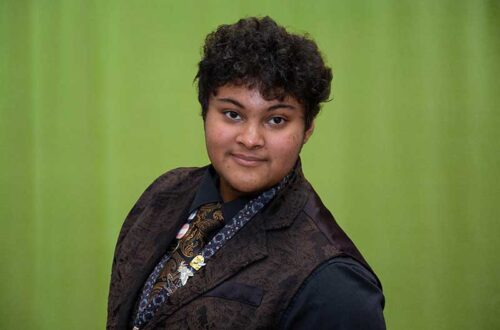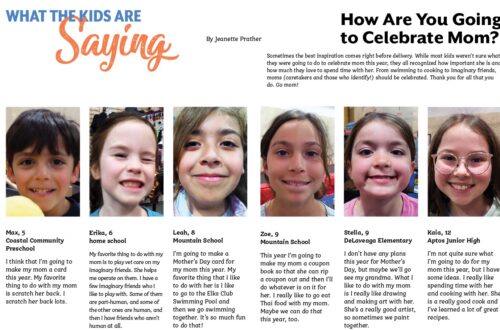
Tiny Turtles Tell Tales
A friend of mine who used to be a student called me from college the other day. He asked me to look at his astronomy homework. I thought it was perfect, and he told me he called because he didn’t do it. In fact, none of his classmates were doing any of their homework. They were using Artificial Intelligence (AI).
He felt conflicted about it. In high school, he and I had long conversations about why students cheat, and he really needed to talk to an adult about this. I was honored, I said, and I wasn’t all that worried, in terms of the future of education.
I told him that from the beginning of time, humans have tried to figure out how to do things more directly and more easily. It’s no different in a classroom. We spend a lot of time, as teachers, trying to engage and inspire students to really learn things, and to love learning things, then we think about how to tell whether the students did, in fact, learn. It’s no different because there are new tools out there. If the astronomy department was not prepared for this, they would figure it out any moment now. I told him to go open his book and study.
The next day I took out a set of miniature, perfectly made, sea turtles. They were a double set of eight different species, with the correct anatomy, scales, tails, beaks and colors to match real turtles. These sixteen little beings live on my shelf all year until it’s time to teach my students how biologists identify species in the wild.
When we began interacting with real working field scientists ten years ago in our program, they gave us raggedy copies of ancient-looking, typewriter-typed keys to the seaweeds of California. I scoffed and wondered why we were not using tablets and photos.
No, they said, this is what field biologists do FOR REAL. The keys are lists of decisions you make when you are looking at something, and when you confirm each single trait one after another, eventually you know the species of what you found. Does the turtle have a single scale at the base of the shell? If yes, it is a… If no, go to the next question…
It’s actually a fun activity. As my students passed around turtles and examined their traits against the keys, the conversation with my cheating astronomy friend came to mind. I wondered. I challenged my class to identify the turtles using their phones.
There are several amazing apps, lots of photos of turtles, and plenty of AI available for free that will identify living things. I scanned the turtles from every direction. I Googled their traits. I used all of the “disruptive” things that are in the hands of this generation. None of it could identify a single turtle.
Does that mean my curriculum is ChatGPT proof? No. It means that particular challenge at that particular moment could not be solved by an AI. I knew the kids learned how to identify species by using keys, because today, without any guidance, they did it with seaweeds right in front of me.
Last year, a student in my Biomedical Engineering class proposed a design for a backpack that can be carried into developing areas and is loaded with an AI to diagnose and treat medical issues. There is infinite potential to this technology. Like any emerging technology, there are also pitfalls, and there are always bad ways to use tools.
My middle school computer science class trained a computer to recognize and classify 12 different objects or facial expressions. They then created a code with that machine learning that they could add to their websites.
Did this take all semester? Was it some expensive curriculum?
No. It took 30 minutes. It’s as easy to use as Google Docs.
The fact that students need to learn to be upstanding human beings is something that has never changed. The fact that there are wonderful things in and about this world that students can awaken-to in a classroom has not changed and will not change.
The tools change, or we would still be using slates and recitations to learn lessons. I love to see my students embrace new tools and become empowered to use them for the things they value and for the positive change they want to bring to their worlds.
Lisa Catterall teaches STEAM, math, science, and art at Mount Madonna School and is a senior associate of the Centers for Research on Creativity. She lectures and trains teachers and administrators on innovation in education in Beijing, China. Lisa has five children and lives in Santa Cruz County.






